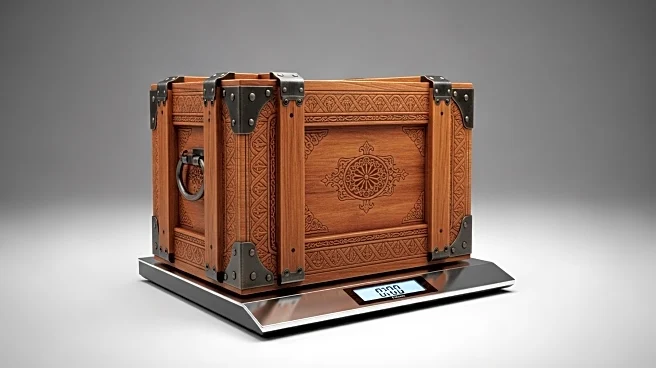What is the story about?
What's Happening?
The UK's art export thresholds, which have remained unchanged since 2002, are being reconsidered in light of evolving market dynamics. The current system requires export licenses for cultural objects above certain values, but these thresholds have not kept pace with the rising values in the art market. The Waverley criteria, established post-World War II, aim to defer exports of significant cultural items, allowing UK entities to make fair market offers. However, the system is seen as overly broad, capturing a vast number of objects while only a few are retained for the nation.
Why It's Important?
Revising the export thresholds could streamline the UK's art trade, facilitating smoother transactions and strengthening international connections. This change could align with the government's goals to boost foreign investment and stimulate economic growth. By focusing on retaining only the most significant cultural treasures, the UK could enhance its cultural heritage preservation efforts while promoting a more dynamic art market.
What's Next?
Discussions around increasing the export thresholds may lead to policy changes that better reflect current market conditions. The government could explore new funding models or tax incentives to support UK entities in acquiring significant cultural items. Stakeholders, including museums and art dealers, may advocate for adjustments that balance cultural preservation with market fluidity.
Beyond the Headlines
The potential revision of export thresholds could influence global perceptions of the UK's cultural policy, positioning the country as a more open and competitive art market. This development may also prompt other nations to reassess their cultural export regulations, fostering international dialogue on heritage preservation and market access.
AI Generated Content
Do you find this article useful?













